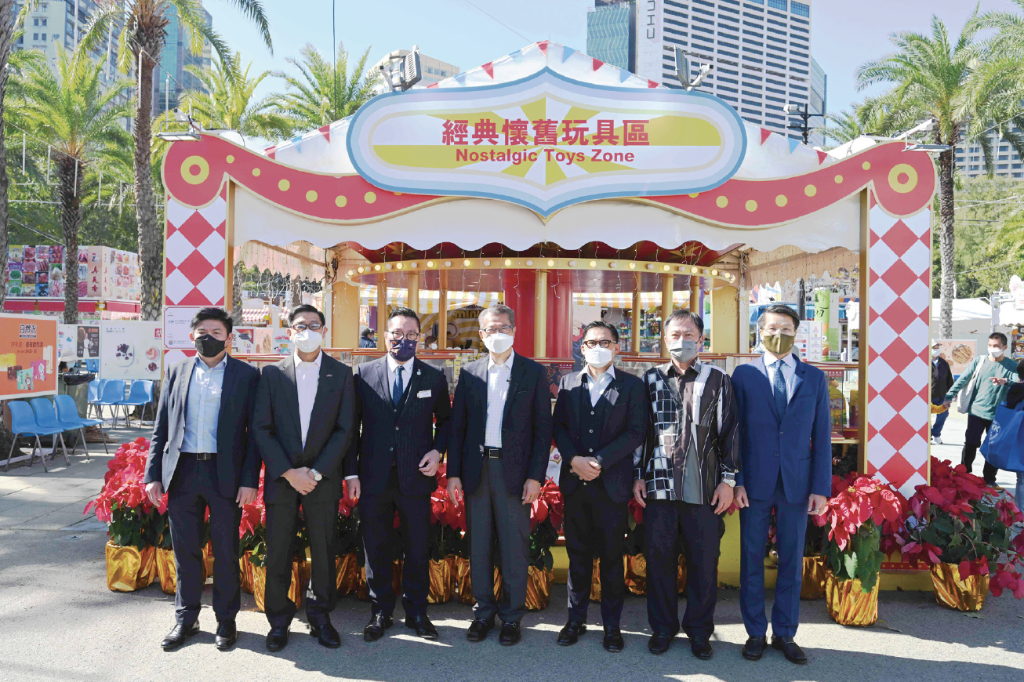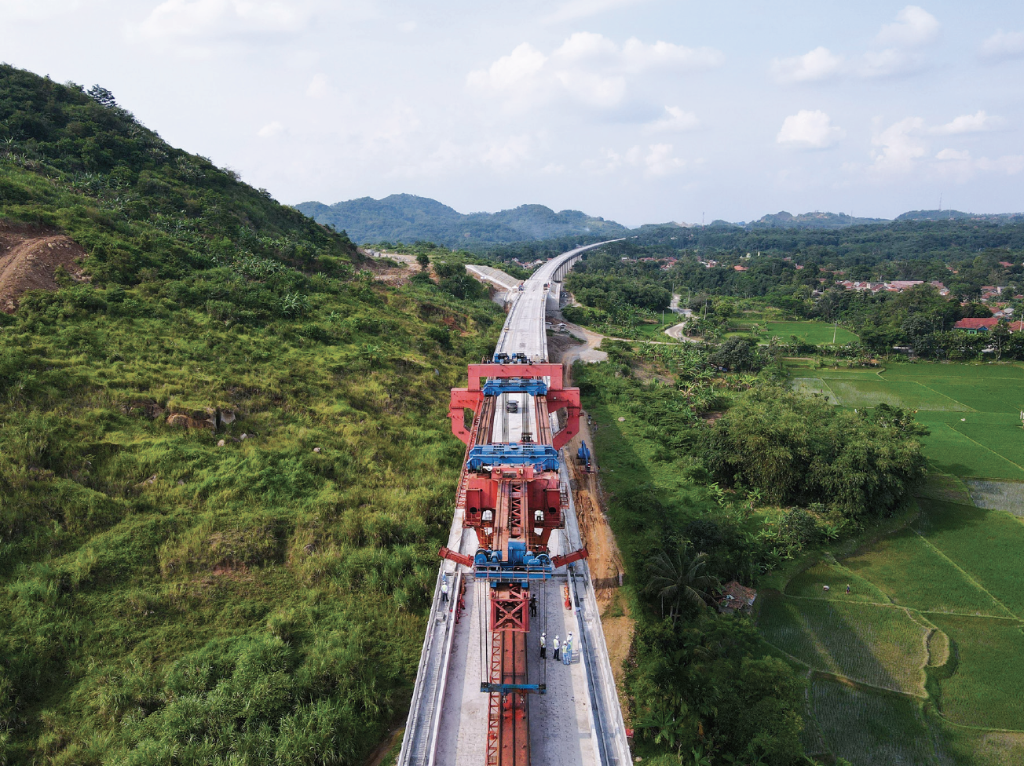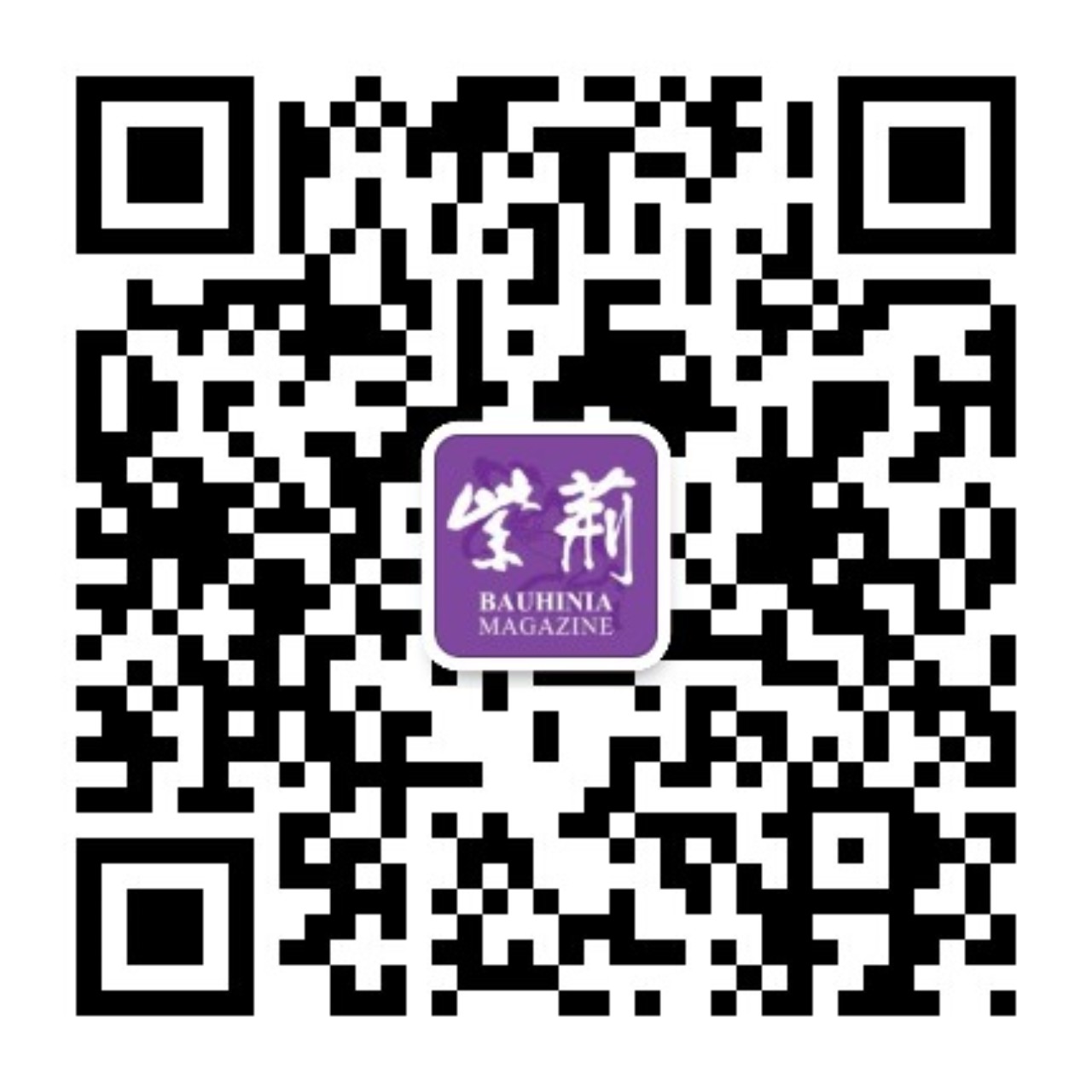The Belt and Road Initiative (BRI)can help us create a bright and prosperous future by increasing trade and investment between our nations and regions.
Author: Sitthichai Jiwattanakul
SVP and General Manager at Hong Kong Branch, Bangkok Bank PCL Hong Kong Branch
Hong Kong and Thailand have built strong relationships over many generations
Hong Kong and Thailand have built strong business, cultural and trade relationships over many generations. Bangkok Bank became the first Southeast Asian bank to open an international branch when we established our branch here in 1954, just 10 years after our founding.
Since those early days, the bonds and relationships have only deepened and strengthened forming the robust foundations of the bridge we have built between or regions. Hong Kong and the Greater Bay Area plays a critical role as a global financial hub, innovation leader and gateway to China. Thailand is Southeast Asia's second largest economy and a key investment destination and logistics and manufacturing hub within ASEAN, which is now Hong Kong's second largest partner in trade in goods and the third largest partner in trade in services. Bangkok Bank is the 6th largest Southeast Asian regional bank, with a presence in nine of ASEAN's 10 economies.
We are committed to working hard to build on these strong cooperative foundations. Over the years we have worked closely with the Hong Kong Trade Development Council and the Hong Kong Economic and Trade Office, including hosting high level delegations from Hong Kong when they visited Thailand. On the sidelines of the APEC 2022 Summit, we met with Chief Executive John Lee and Secretary for Commerce and Economic Development Algernon Yau, and introduced them to a number of Thai business leaders who want to work closely with the administration to increase cooperation and trade between us.
There are many avenues open to us to strengthen these ties and facilitate further collaboration with the BRI. We support His Excellency Algernon Yau's recent dialogue with Cambodia's Minister of Commerce, Pan Sorasak, on how to implement the Free Trade Agreement and the Investment Agreement between Hong Kong and ASEAN. We believe these two agreements are central to the strategic development of our mutual "long-term and sustainable trade and economic development". We also support Hong Kong's early accession to the Regional Comprehensive Economic Partnership and welcome Hong Kong initiatives to encourage Thai companies to list on the Hong Kong Exchange.

Ties between ASEAN and Hong Kong and mainland China have been growing ever closer
The Belt and Road Initiative can help us create a bright and prosperous future by increasing trade and investment between our nations and regions.
Increasing regional connectivity, financial interoperability and cross border trade and payments is key to building robust and resilient value and supply chains at the regional level. The BRI is an excellent vehicle for developing key infrastructure to support these ends.
China is already building supply chains across Southeast Asia and investing in infrastructure under the BRI to take advantage of our improved connectivity as well as other advantages this region has to offer, such as a younger population, ample growth potential, and proximity to mature markets.
ASEAN is heavily dependent on China for trade and investment. Ties between ASEAN and Hong Kong and mainland China have been growing ever closer, and the BRI has given added impetus to this. In 2020 ASEAN overtook the EU to become China's top trading partner. Mainland China and Hong Kong combined now comprise the biggest investor in ASEAN in terms of Foreign direct investment (FDI), outpacing Japan.
Under the BRI, China will be connected to mainland ASEAN with the China-Indochina Peninsula Economic Corridor (CICPEC). Thailand's vision to become the logistics hub for this part of the BRI is supported by many active projects, including ports, rail and road, and energy development.
In Thailand we have been following and have been greatly encouraged by the progress that is being made in Hong Kong and the Greater Bay Area in areas that we see as critical to our own future development such as digitalization, smart cities, green finance, and the circular economy.
Rich opportunities for Hong Kong investors in Thailand
We believe there are many opportunities for Hong Kong investors in Thailand. The government's Thailand 4.0 and Bio-Circular-Green Economy policies aim to develop future-focused, S-Curve industries such as automotive; smart electronics; affluent, medical and wellness tourism; agriculture and biotechnology; food; robotics for industry; logistics and aviation; biofuels and bio-chemicals; digital; medical services; defense; and education and human resource development. Many of these developments are taking place along the Eastern Economic Corridor which will become a key smart logistics and manufacturing hub for ASEAN. The Thailand 4.0 and Bio-Circular-Green Economy policies are developing infrastructure that can seamlessly connect with the BRI.
Thailand's location, skilled workforce, highly developed manufacturing industry, robust infrastructure and ports, and air connectivity make it the optimal location for regional headquarters and a platform for Hong Kong investors and companies to access opportunities across the region.
Our government and Board of Investment are stepping up support for investors and businesspeople through long-term visas with access to fast-track immigration in Thailand and other benefits.

Era of globalization shows importance of robust and resilient development
Globalization has been the key theme for the past 40 years with a focus on improving efficiency. We have seen recently, particularly during the Covid-19 pandemic, that these efficient systems can be upset by situations such as the temporary closure of factories or the disruption of global logistics.
This shows the importance of strengthening security on the local and regional level. We need to balance being part of efficient global supply chains while ensuring we are secure on the domestic and regional level.
The BRI and various cooperation agreements between our governments and our growing interconnectivity including the high-speed rail link between China, Laos and Thailand which is due for completion in 2025 are good examples of how we can build such strength.
I believe that both Thailand and Hong Kong can play a significant role in this area.
(The title and subheads are proposed by the editor. The article is collected by Bauhina Magazine March 2023.)
https://res.youuu.com/zjres/2023/2/28/rZxM2nCbyKF25UfShGRRbkRo9v0UPXv8BxU.png
掃描二維碼分享到手機














